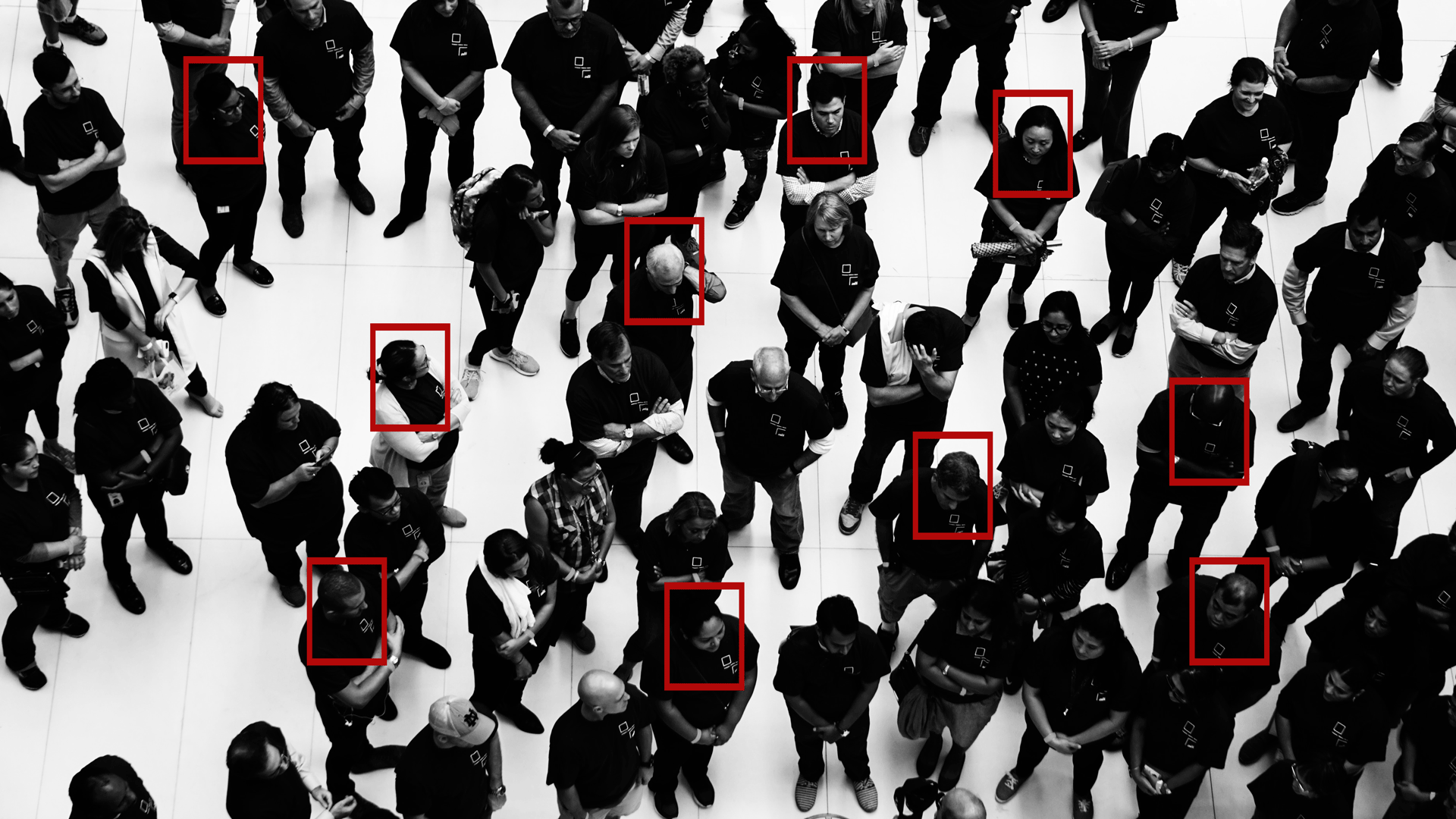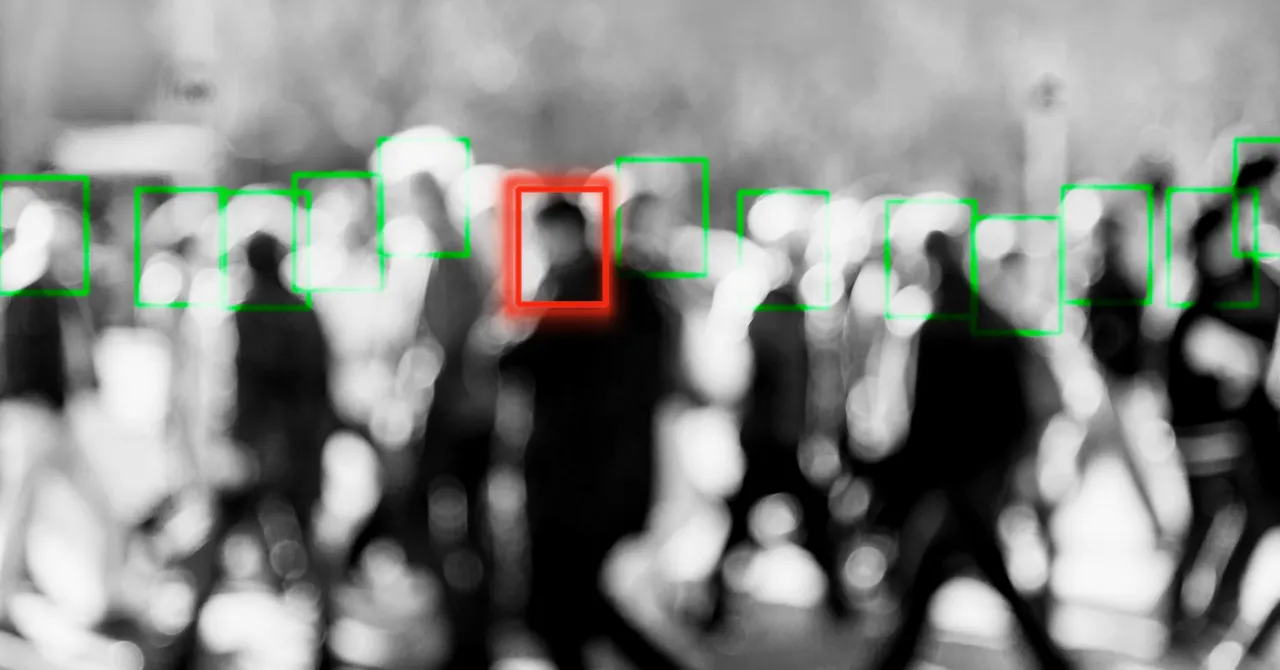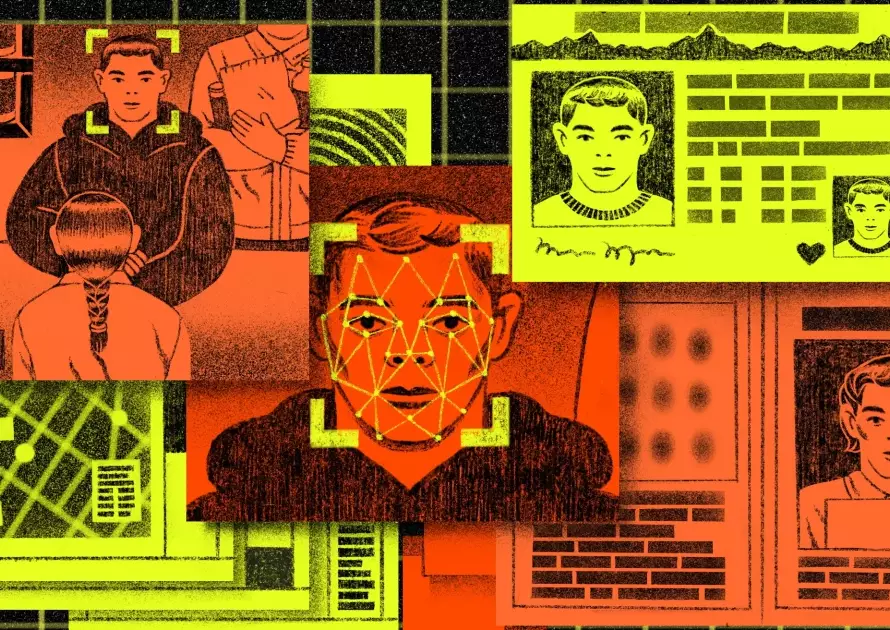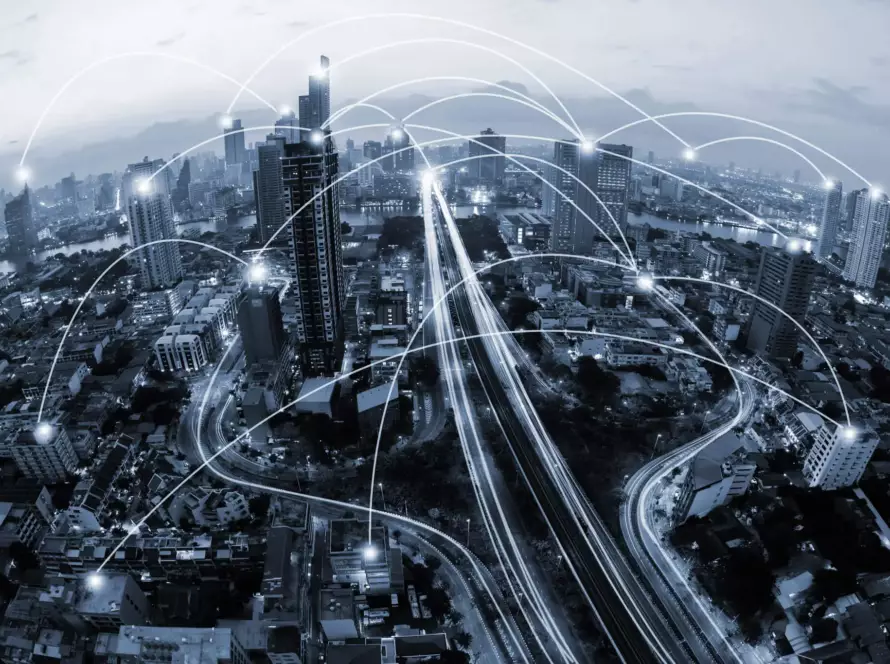This project showcases a powerful Face Detection and Recognition system intended to improve law
enforcement skills by speeding up the identification of suspects in criminal cases. The system uses scalable databases and real-time computation, however instead of using traditional web sources for face detection. Accuracy and dependability are ensured by using the LBPH algorithm for face recognition and the Haar- cascade classifier for feature detection. The smtplib library allows the system to send a Gmail notification when it finds a matching face. The system that has been built contributes to public safety initiatives by improving law enforcement operations and demonstrating versatility for different face detection circumstances. The outcomes show how successfully the system can detect faces in real-time circumstances.
The system achieves great performance by creating dynamic datasets and integrating algorithms. Integrating Gmail improves law enforcement response by facilitating prompt contact of identified suspects. This study highlights the role that surveillance technology plays in public safety and crime prevention, and it provides law enforcement authorities with useful solutions. Furthermore, the uses of this facial recognition and detection technology go beyond police enforcement. It can expedite attendance tracking and improve security in access control systems. Because of its adaptability, it can be used in a variety of industries and is expected to have a significant impact.
I - INTRODUCTION
For decades, identifying and tracking criminals relied heavily on manual observation, witness statements, traditional CCTV footage, and cross-checking against police records. As cities grow denser and more complex, and as public spaces become increasingly crowded, these traditional approaches prove to be slow, resource-intensive, and often inaccurate.
The rise of artificial intelligence (AI), particularly in computer vision, has transformed this landscape. Among the most impactful innovations is the use of face detection and recognition systems, which allow authorities to automatically analyze facial images, compare them against databases, and confirm identities in real time.
A recent study titled “Face Detection and Recognition for Criminal Identification System” demonstrates how these technologies can be harnessed to support law enforcement in identifying suspects more accurately and efficiently.
II - CORE TECHNOLOGIES
1. Face Detection
The first step in the process is detecting whether a face exists in the input stream. This system uses the well-established Haar Cascade Classifier algorithm, which scans an image to identify basic geometric features of the human face such as the eyes, nose, and mouth.
Advantages: Fast and efficient, suitable for real-time surveillance.
Limitations: Sensitive to lighting conditions, occlusions (e.g., masks, hats), and non-frontal facial angles.
2. Face Recognition
Once a face is detected, the system applies the Local Binary Patterns Histogram (LBPH) algorithm. LBPH analyzes the texture of the face by encoding pixel intensity differences and then creating a feature vector for comparison.
How it works: The algorithm converts grayscale facial images into numerical data points, which are compared against a stored database of registered faces.
Advantages: Relatively simple, fast, and accurate in controlled environments.
Applications: Well-suited for real-time systems where performance and stability are key.
III - SYSTEM WORKFLOW
Database creation: Authorities build a criminal face database, registering suspects and offenders with unique IDs.
Preprocessing: Images are converted into grayscale to simplify computation and remove unnecessary color information.
Face detection: The system scans input from surveillance cameras and identifies facial regions.
Feature extraction: LBPH encodes facial features into numerical vectors.
Matching: The extracted features are compared against the database.
Notification: If a match is found, the system immediately sends an alert via email or integrated monitoring system for quick action.

IV - REAL-WORLD APPLICATIONS
1. Public Security
- Monitor airports, train stations, stadiums, and urban areas to quickly identify wanted individuals.
- Reduce manual workload for officers and improve response times.
2. Access Control
- Integrate into secure facilities such as government offices, defense installations, and research centers.
- Prevent unauthorized entry without the need for ID cards or biometric scans like fingerprints.
3. Enterprise Solutions
- Automate attendance tracking for employees.
- Prevent fraud in check-in systems and improve workforce management.
4. Criminal Investigations
- Provide law enforcement with visual evidence from surveillance systems.
- Enable predictive analysis when combined with Big Data and data mining techniques.
V - KEY BENEFITS
- Speed and Efficiency: Real-time detection and recognition in crowded environments.
- Accuracy: Combining detection and recognition reduces false positives.
- Automation: Minimizes reliance on human monitoring, freeing resources for investigative work.
- Integration: Works with existing CCTV infrastructure, traffic cameras, or AI-powered body-worn cameras.
VI - CHALLENGES AND LIMITATIONS
Data Quality: Poor lighting, occlusions, or low-resolution footage may reduce accuracy.
Scalability: Large databases require optimization to ensure quick search and match performance.
Privacy Concerns: Collecting and storing biometric data raises legal and ethical issues.
Spoofing Risks: Systems must guard against attempts to deceive recognition using photos or videos.
VII - THE FUTURE OF FACE RECOGNITION IN SECURITY
The study highlights the transformative potential of face recognition in criminal identification. Looking ahead, the technology can evolve further:
Deep Learning Integration: Using convolutional neural networks (CNNs) for higher accuracy under varied conditions.
Continuous Learning: Systems that improve themselves as more real-world data is collected.
Multimodal Biometrics: Combining face recognition with voice, gait, or behavioral biometrics for multi-factor authentication.
Smart City Integration: Embedding facial recognition into urban IoT ecosystems to manage traffic, monitor security, and improve emergency response.
VII - CONCLUSION
The research “Face Detection and Recognition for Criminal Identification System” demonstrates how AI-driven face recognition offers powerful support to law enforcement and public safety.
Such systems are not only effective in rapidly identifying suspects, but also open doors to wider applications in access control, enterprise management, and smart city development. While challenges remain—such as privacy, data quality, and system robustness—the benefits are undeniable.
For companies like Kytratech, this field represents a cornerstone of next-generation security solutions, enabling communities to be safer and law enforcement agencies to be more proactive and efficient.
Note: This article was developed with reference to the research “Face Detection and Recognition for Criminal Identification System”, published on ResearchGate (link to publication). The study provides the academic foundation for applying computer vision and AI-based face recognition techniques to modern law enforcement and security solutions.




